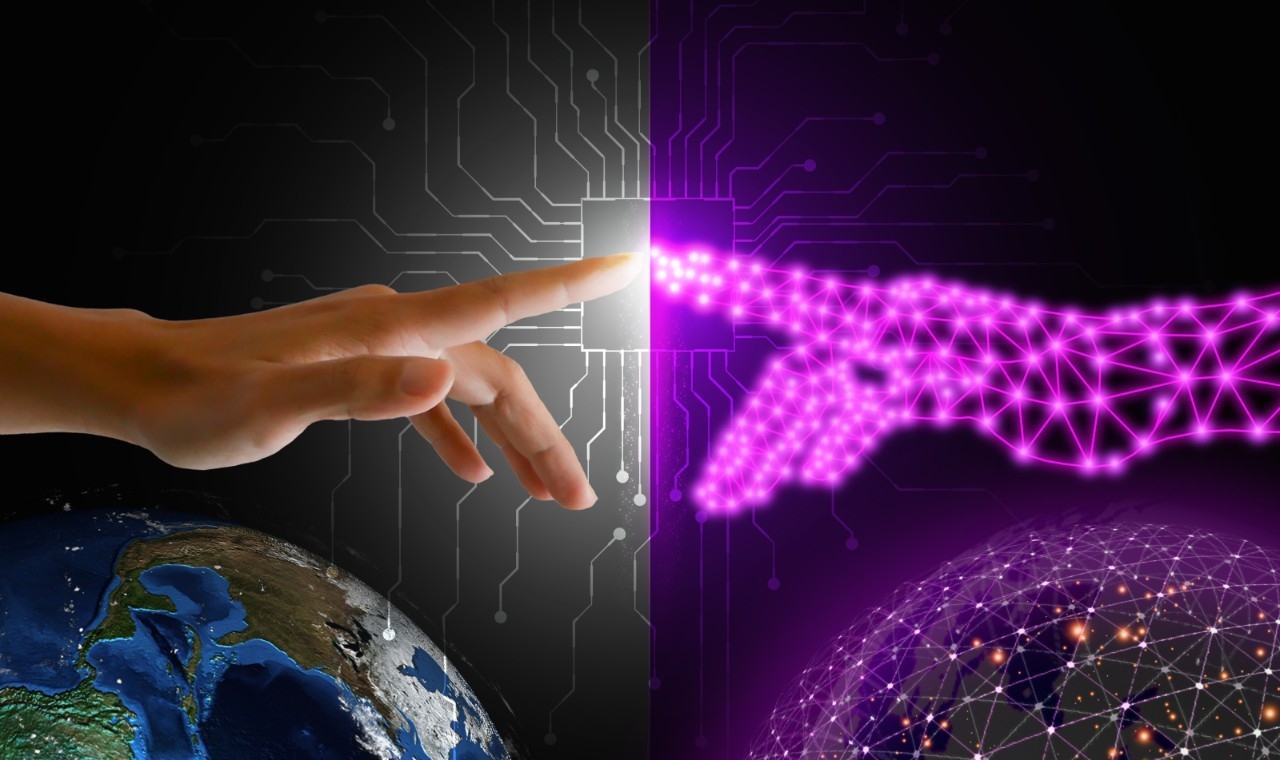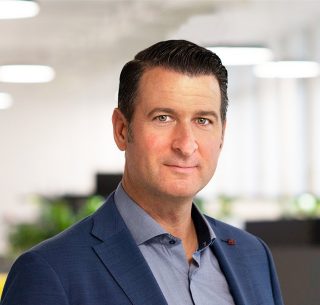Part I: Unveiling the Power of Digital Twins, A Glimpse into the Future of Proactive Planning
Introduction:
In the ever-evolving landscape of technology, the concept of Digital Twins has already been named a transformative force, reshaping the way we perceive, interact with, and optimize the physical world. A Digital Twin is not just a virtual replica! It's a dynamic, real-time reflection of a physical entity or system. The key to a Digital Twin's effectiveness lies in its ability to continuously update itself based on real-world data. This constant feedback loop allows for accurate simulations and predictions, enabling businesses and organizations to make informed decisions, optimize processes, and even pre-emptively address potential problems.
This blog examines the significant potential of digital twins across a range of industries, investigating how this emerging concept is set to transform our lives and work practices. The blog is structured into four sections. The initial section of the blog addresses the terminology and considers the potential applications of digital twins. The second part of the blog looks at two case studies from the Siemens Building Technologies Division in collaboration with eggs unimedia, which serve as exemplars of digital twins in the context of the built environment and smart buildings. The third section of the blog focuses on the application of digital twins in eCommerce and digital marketing, with a particular emphasis on the various tools provided by Adobe, given its position as a market leader in this field. The final section provides a summary of the opportunities and potential of digital twins, accompanied by a brief reflection on the insights that eggs unimedia can gain from this concept and its analogy. The objective of this blog series is to establish a foundation and foster awareness of this potentially transformative technology and its prospective future. So, as promised, let’s start with a brief overview:
Definition:
A digital twin is a digital representation of a physical entity or system. It encompasses both the physical aspects and the behaviors of the real-world object, allowing for monitoring, analysis, and simulation.
Components:
A digital twin consists of two main components - the physical entity and its digital counterpart. The physical entity could be anything from a machine on a factory floor to an entire city's infrastructure. The digital twin is a dynamic model that mirrors the physical entity's status, behavior, and conditions.
Data Integration:
Digital twins rely on a continuous stream of data from sensors, IoT devices, and other sources to maintain an accurate representation. This real-time data ensures that the digital twin reflects the current state of its physical counterpart.
Benefits:
Predictive Maintenance:
By analyzing real-time data, digital twins can predict when equipment or systems are likely to fail, enabling proactive maintenance.
Continuous Optimization:
They allow for testing and optimizing various scenarios in a risk-free digital environment before implementing changes in the physical world.
Improved Decision-Making:
Digital twins provide real-time valuable insights, aiding decision-makers in making informed choices based on a live deep understanding of the system or process.
Proactive Planning:
They empower organizations to anticipate risks & mitigate potential challenges before they occur, optimize resources, and make data-driven decisions to achieve better outcomes.
Applications:
Digital Twins find applications in various industries. In manufacturing, they can simulate the production line and predict potential issues. In healthcare, they may represent patients’ conditions to aid in diagnosis and treatment planning. In the realm of smart cities, digital twins can model urban infrastructure for better city planning. In digital marketing & e-commerce, they offer a unique and powerful set of tools to enhance customer experience, optimize marketing campaigns, increase the return on investment, and drive business success faster and more proactive. Let’s take a closer look into these examples and the benefits that digital twins might bring:
Manufacturing Excellence:
One of the most prominent applications of digital twins lies in the manufacturing sector. Imagine a virtual equivalent of a production line, mirroring every movement and interaction in real-time. Manufacturers can leverage this technology to simulate, analyze, and optimize processes, leading to enhanced efficiency, reduced downtime, and proactive issue resolution. Digital twins empower organizations to make data-driven decisions, ultimately fostering a more agile and responsive manufacturing environment.










